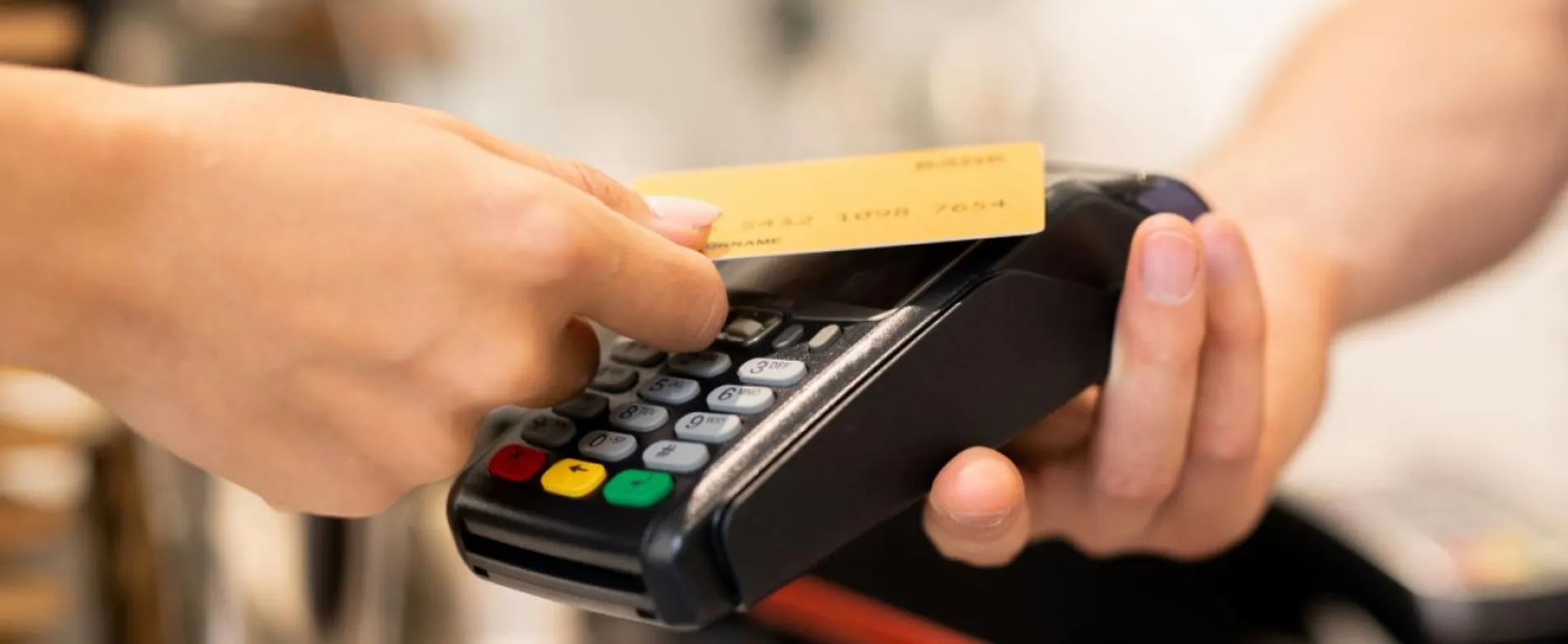History of contactless payments – A timeline
Contactless payments continue to be on the rise having become increasingly popular during the pandemic as a secure, contact-free way to pay for goods and services.
Have a read of the timeline below to learn all about the history of this convenient way of making payment transactions.
1995
The world’s first contactless payment card for commuters, the UPass is launched by the Seoul Bus Transport Association in South Korea.
1996
The first version of the EMV standard is published.
1997
Mobil launches Speedpass in the United States, a contactless payment system which allows users to pay for fuel using a pre-paid key fob.
2001
One of the first mobile payment platforms, FreedomPay, launches with several partners including Bank of America and McDonald’s.
2002
Philips teams up with Sony to elaborate the NFC standard.
2003
The Oyster Card is launched by Transport for London on 30th June 2003. Mastercard introduces contactless payment cards.

2004
Visa Asia Pacific announces the world’s first contactless Visa smart card which is compatible with the global EMV smart card standard.
2007
The very first contactless payment card in both the UK and the EU, the ‘Barclaycard OnePulse’, was launched in September 2007 by Barclaycard. The innovative card combined Chip and PIN, contactless payment and Oyster functionality.
The Visa PayWave and Mastercard PayPass cards are launched in the UK.
2008
British restaurant chain EAT partners with Commidea Ltd and Barclaycard Business to become the first in the UK to accept contactless payments for transactions of £10 or less.
2010
The UK increases its contactless payment limit from £10 to £15.
The transport authority in Nice, France, is the first public transport provider in Europe to offer an open loop EMV contactless payment option on its tram and bus network.
2011
Google Wallet and Android Pay are launched, allowing contactless payments via smartphones rather than cards for the first time.
Quick Tap, the UK’s first mobile payment device, is launched by Orange and Barclaycard, allowing users to pay for goods and services up to the value of £15 with their phone by tapping it onto a contactless reader.
2012
PayBand, the UK’s first wearable payment device is introduced by Barclaycard.
The UK contactless payment limit increases from £15 to £20.
2013
Annual contactless transactions reach £1bn for the first time in the UK.
2014
Apple announces the launch of Apple Pay. Transport for London starts accepting open loop EMV contactless payments. Around 58 million contactless cards in use in the UK.

2015
The contactless limit in the UK is increased from £20 to £30.
Wearable technology devices, such as the Apple Watch, start offering contactless payment functionality.
The USA implements EMV which prompts thousands of merchants to start using NFC-capable terminals which allow contactless payments.
2016
Apple Pay launches in Canada after Apple reaches an agreement with Canada’s five major banks.
Transport for London starts accepting contactless payment using contactless-enabled mobile devices such as phones and smartwatches, using Apple Pay, Google Pay and Samsung Pay

2018
AmaTech, part of Paragon ID and sister company of Thames Technology, launches the world’s first metal card with dual interface and tap capability on both sides of the card.
2019
In the United States, major credit unions announce that they will begin issuing contactless cards.
2020
The UK contactless limit increases from £30 to £45, as a result of the pandemic.
2021 onwards
Mastercard launches the Enhanced Contactless (Ecos) system, the latest evolution of its contactless payment system, promising more efficient and secure transactions through using the latest 'quantum-resistant' technologies. In what Mastercard claims is an industry-first, the Ecos system incorporates a more secure, future-proof contactless payment design.
The UK government increases the contactless payment limit from £45 to £100 on 15th October.
2021 also sees the launch of Thames Technology’s biometric payment cards which offer the ideal solution for making secure contactless payments. Featuring an built-in fingerprint sensor, biometric cards allow the end user to authenticate every card transaction at the point of sale.
During 2021 we also announce the launch of our Paycard+ product which combines a traditional payment card with a piece of stylish wearable payment technology, allowing people to pay for items or services without the risk of losing their card.
The future is exciting for contactless payments as the technology and its capabilities will continue to grow in years to come. So, watch this space!


